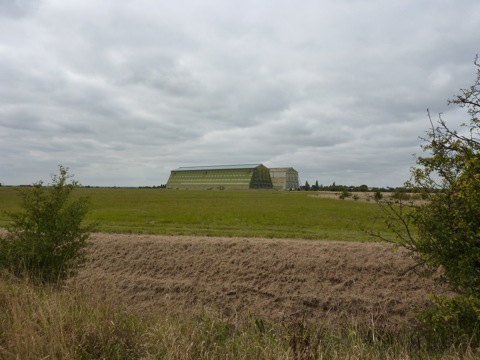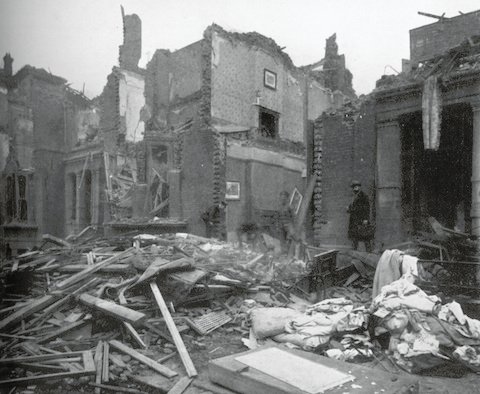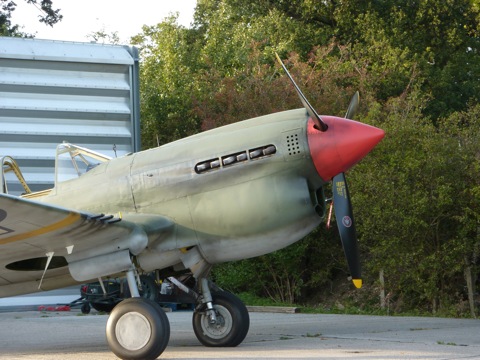In February 1912, the International Arbitration League issued 'A Memorial Against the Use of Armed Airships', an early proposal for arms control. The memorial claimed that 'For the first time, in the face of a new development of the arts of fighting, nations possess both the conscience and the machinery necessary to check that development effectually'. The new development was the military aeroplane, which had first been used as a weapon only three months before, by the Italians against Turkish forces in Libya. The great powers were starting to form their first tiny air forces: Britain's Air Battalion was formed in April 1911.
It's not clear exactly what the League was proposing; it seems to have been a moratorium on military aircraft. The arguments it gave display a curious mixture of insight and naivety:
There are many who believe that aerial warfare, by reason of its sheer horror, must prove a blessing in disguise, frightening men from war. To those we say: Civilisation does not sanction the ravages of a new and arrestable form of disease, in order that men through horror may be the more eager to join hands in stamping out all forms of sickness. And further, you under-rate the fortitude and adaptability of human nature, which has long proved that it can endure all forms of terror.
There are some who insist that the art of flying will never reach full development without the stimulus of war. To such we suggest that the story of mankind does not leave us without hope that where there is demand, even when only for the purposes of peaceful life, there will also be supply. If the art of flying be delayed a few years by the resolve of men to use that art for mutual help, and not for mutual destruction, the world will be no loser.
There are many who argue that because men fight on earth and water, they may just as well fight in the air. To these we answer: There has never yet been a moment when it was practically possible to ban the war machines of earth or water. There is a moment when it is practically possible to ban those of the air. That moment is now -- before the use of these machines is proved; before great vested interests have formed.
Some two hundred British intellectuals -- artists, writers, clergy, scientists (all men, I might add) -- signed up to the memorial, including Wilfred Scawen Blunt, J. B. Bury, Walter Crane, Arthur Conan Doyle, Edward Elgar, John Galsworthy, H. Rider Haggard, Thomas Hardy, Frederic Harrison, H. H. Henson, J. A. Hobson, Jerome K. Jerome, Ray Lankester, Lord Lister (who died only a few days later), Oliver Lodge, John Masefield, Gilbert Murray, William Osler, Arthur Pinero, A. F. Pollard, Arthur Quiller-Couch, Joseph Rowntree, Seebohm Rowntree, William Rossetti, William Temple, Alfred Russel Wallace and (of course) H. G. Wells.
An impressive list. In response, Flight had only an anonymous prehistoric skeleton recently unearthed in Norfolk, about which it spun a tale of wise elders begging the inventor of the stone ax to destroy his new weapon 'in the name of humanity'. The point was that the International Arbitration League and the two hundred intellectuals had not taken human nature into account.
Without going quite so far as to say that man's natural instincts lead him to murder, and the appropriation of those things which are not his, whether we regard man as an individual or as a community, the real cause is not very far removed from this. Until all this is changed -- until, that is, human nature has undergone a complete change -- "memorials of protest" against armaments at large and the components of which they consist, are merely in the nature of pious resolutions which do no one any harm if they achieve little good.
'A Memorial Against the Use of Armed Airships' seems to have had little effect; even the Manchester Guardian, which as a Radical newspaper ought to have been sympathetic, thought the International Arbitration League was on a hiding to nothing. Its best chance came twenty years later, when the World Disarmament Conference did consider banning bombers or limiting their use, but the various proposals collapsed as each delegation guarded its own national interest. In other words, because of human nature writ large. The skeleton from Norfolk was right.




